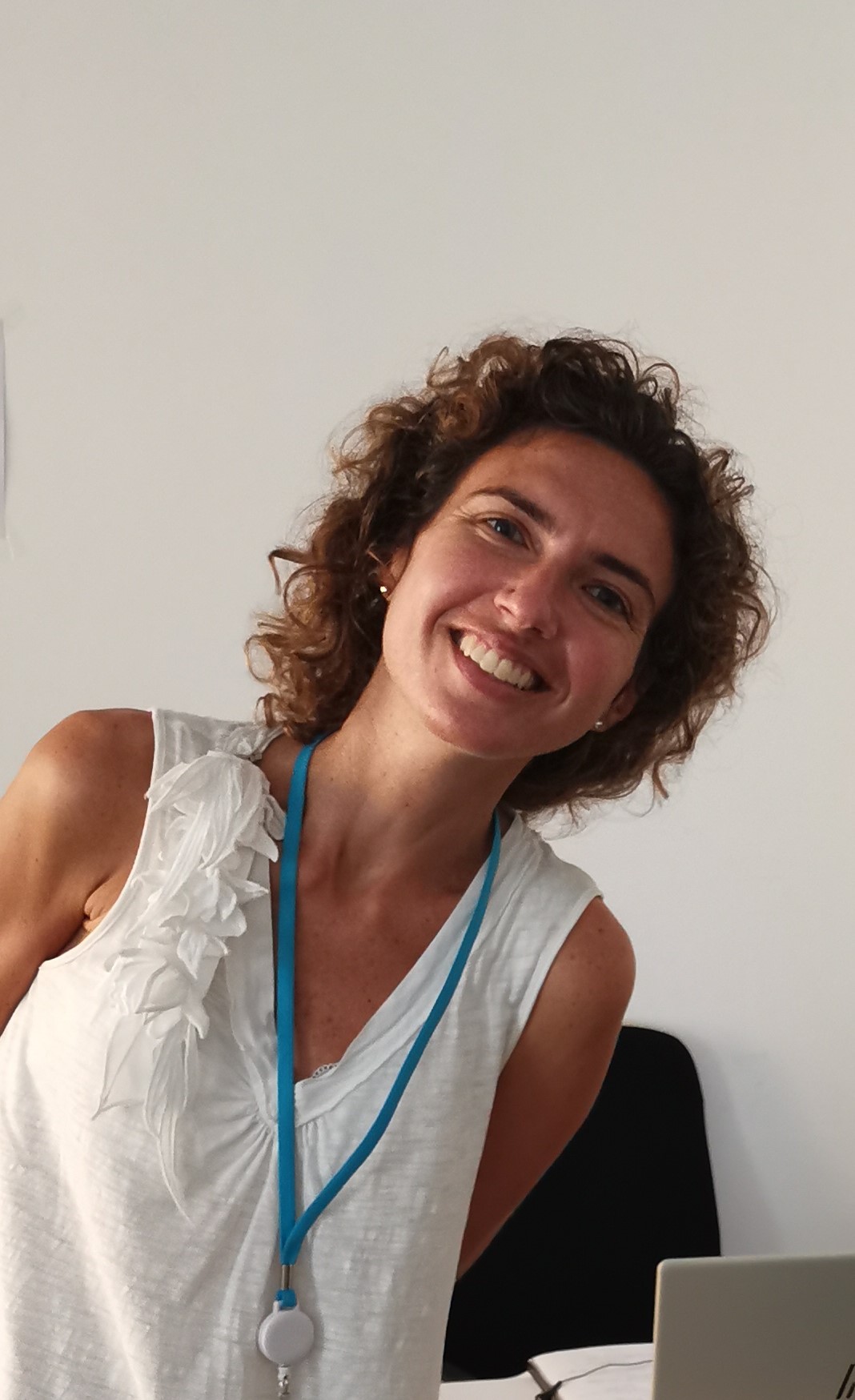I am listening to the Climate Summit talks taking place this week (22 April 2021 Earth Day on) convened by US President Joe Biden on the importance of the Paris agreement – video explained– a United Nations legally-binding international treaty on climate change, adopted by 196 parties and entered into force in 2016, aimed at limiting global warming and reducing carbon emissions below 1,5 Degrees Celsius, pre-industrial times.
I am especially intrigued by the US and China, the world’s biggest emitters of carbon dioxide into the atmosphere.

According to the Paris Agreement, each nation should take bold and ambitious actions in reducing their greenhouse gas emissions and should try to find alternative and more sustainable socio-economic solutions (and transformations) in the way societies and industries operate – in electricity, industry, agriculture and services sectors.

An interesting conversation is the one driven by the United Nations, the international organization born in the aftermath of the atrocities of the II World War, to restore peace and dialogue among nations, in a spirit of solidarity, friendship and security, for violence not to happen again. The United Nations can represent the peace mediator and a multi-platform to open trustworthy, caring and transparent discussions around multilateralism and the need to work in unity, to build a greener and stronger world, together, now more than ever, after a difficult pandemic year.
Siddharth Chatterjee, the UN Resident Coordinator in China, very well articulates the consistency of US and China policies, looking at the leadership of the presidents of the two countries, to drive the climate change agenda. The extremely interesting and true point is his human approach, to reach the UN Sustainable Development Goals, 17 ambitious goals of reaching zero hunger, health and well-being, reduce inequalities, provide decent work opportunities for all, ensure gender equality, all in all – in general- improve the living conditions of the most vulnerable people on the planet -by looking at the human face of displacement, the so-called environment migrants or climate change refugees/migrants. 75 million people are displaced and become migrants and/or refugees because of climate insecurities and instabilities in the country – let us think of the cyclones and floods of Bangladesh, the cyclones in Mozambique, and many more climate adversities that can hamper full thriving lives of people. International law, climate change and the human lives impact all interconnect (an Oxford University press publication talks about it).

I believe and I agree with the UN envoy to China that is in the interest of all of us, as a “common humanity”, to tackle climate change issues to better the lives of people, all around the globe. The sense of “building bridges” translates into “By looking at opportunities of dialogue and collaboration, especially in the post-pandemic recovery, human prosperity will depend on how much economics, trades and movement of goods and services take place. You cannot isolate people, no one is an island and everyone is interconnected” the UN Resident Coordinator in China states.
Let us continue to be inspired, be stronger and resilient – and let us come together to push forward the UN ambitious agenda of reaching a fairer, happier, more just and sustainable world. The world of the 5 Ps of the SDGs: Planet, Prosperity, Peace, Partnerships. The People is us and we can work together, with Purpose to connect to a higher mandate, the noble cause that brings us together as human beings – to live in harmony and in peace with one another, harming no one and supporting one another.

Cover page image: Photo credit BBC


